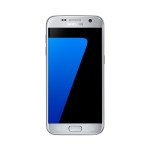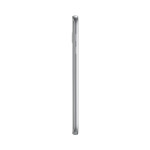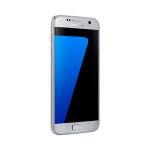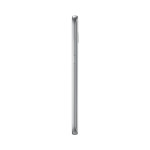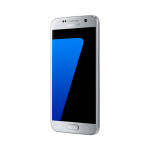Five years ago, launching a decent streaming platform took millions. Now? A teenager with a laptop can build something that reaches millions. That shift…
Samsung Galaxy S7: everything the S6 should’ve been
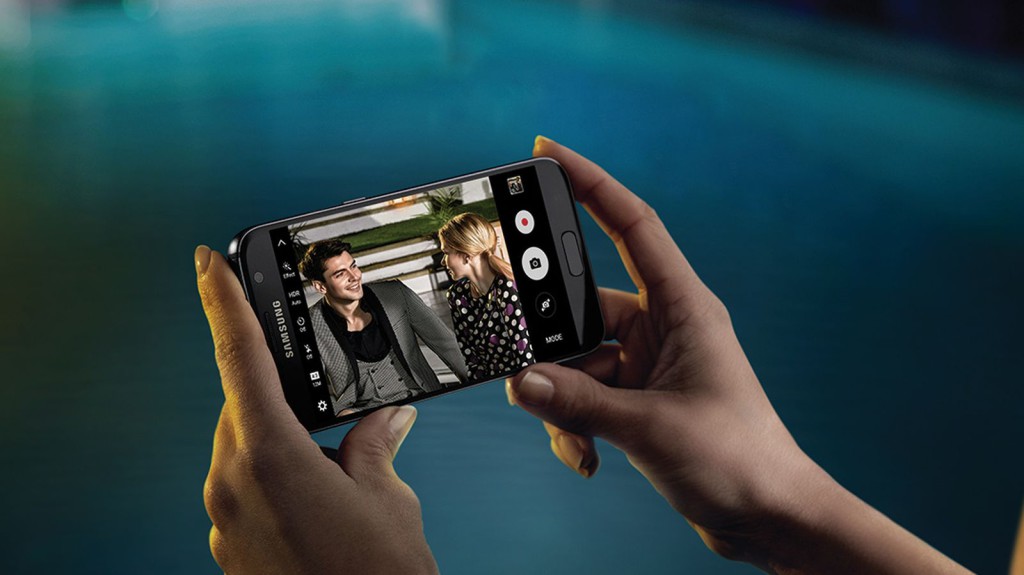
In a kiss-and-make-up session in Barcelona, Samsung practically remedied all that was wrong with the Samsung Galaxy S6 series, announcing the new Samsung Galaxy S7 and S7 Edge.
The new S series is undoubtedly one of the company’s most important devices ever, competing against stiff competition in the form of the LG G5 (announced earlier today) and September’s iPhone 7.
So what do these two devices do to impress?
Well, for one, both feature a microSD card slot for data expansion, both feature water and dust protection with an ingress rating of 67, and the S7 and the S7 Edge are now two distinct devices.

Samsung Galaxy S7 1
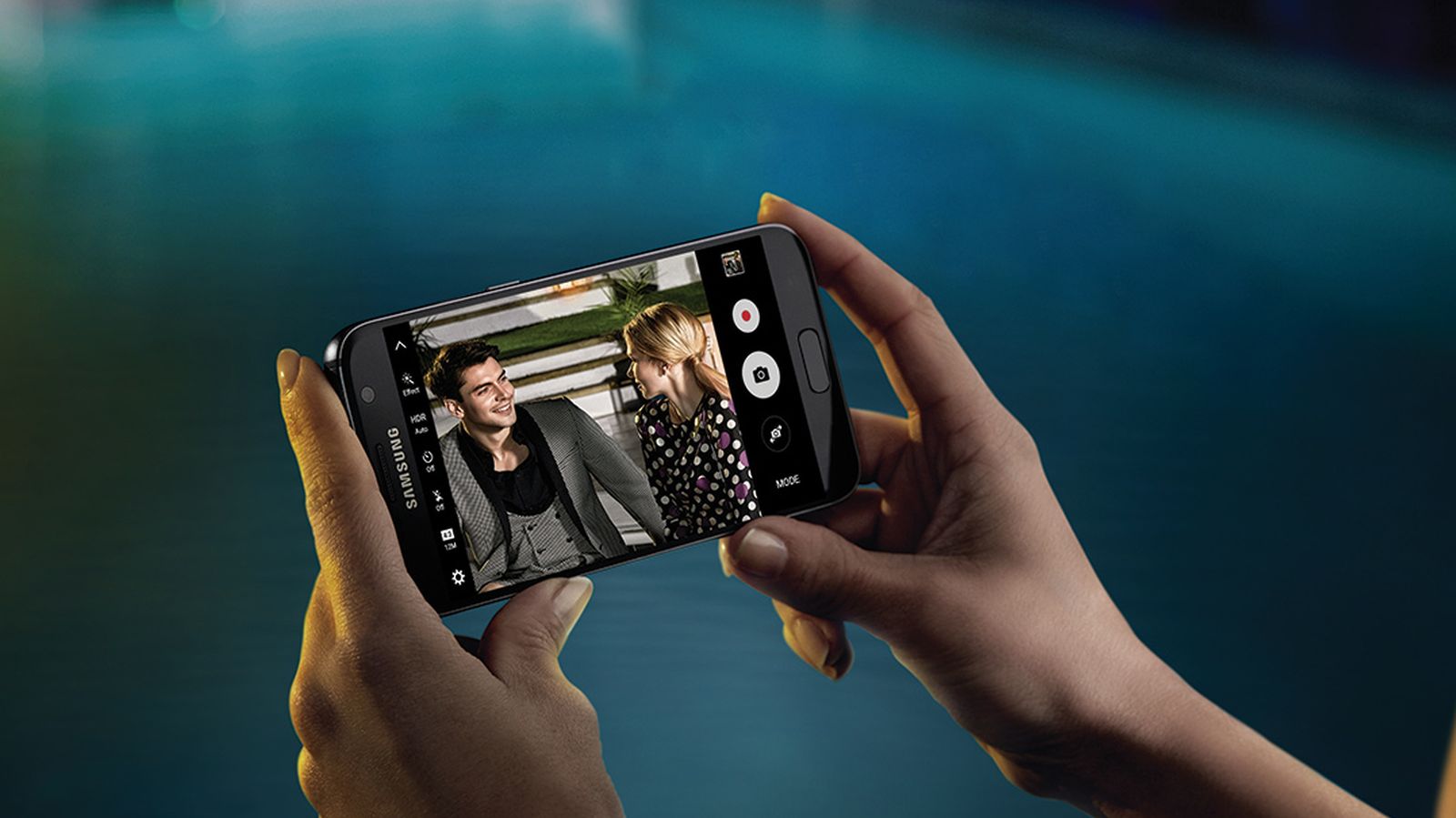
Samsung Galaxy S7 Press 1
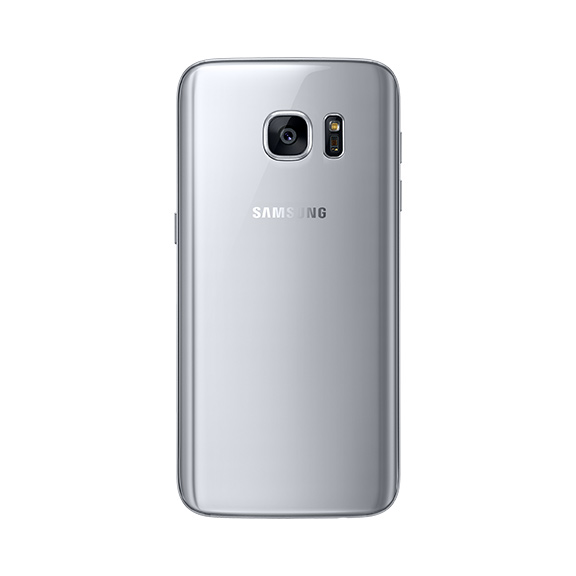
The rear is a lot sleeker than the Samsung Galaxy S6.
Samsung Galaxy S7 Press 2
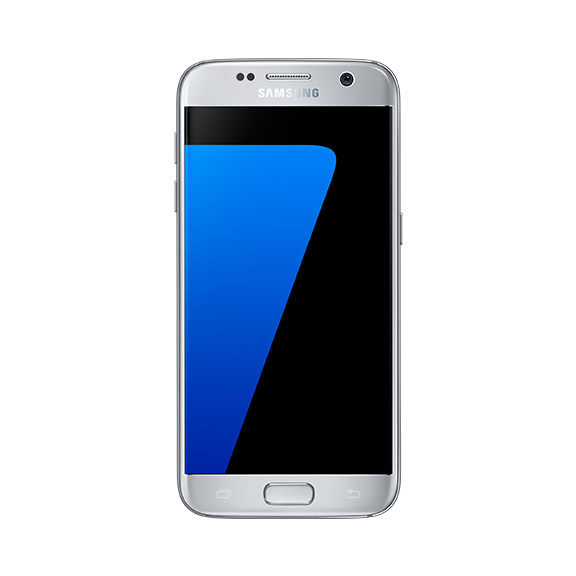
Up front, it's more S4 than anything we've seen before.
Samsung Galaxy S7 Press 3
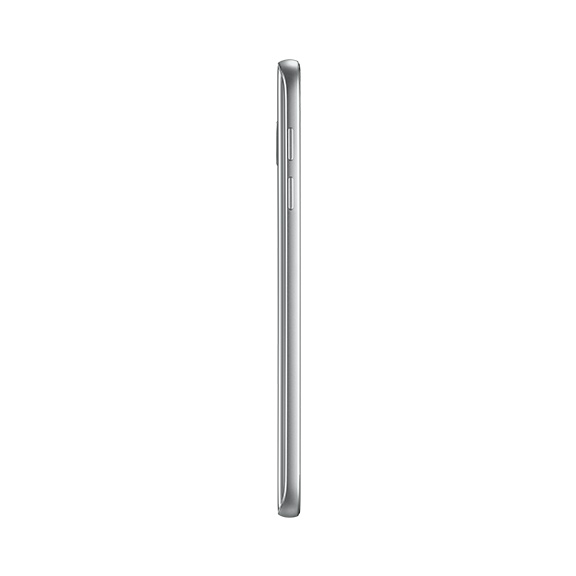
The phone's much simpler side on now too, and are fully waterproof.
Samsung Galaxy S7 Press 4
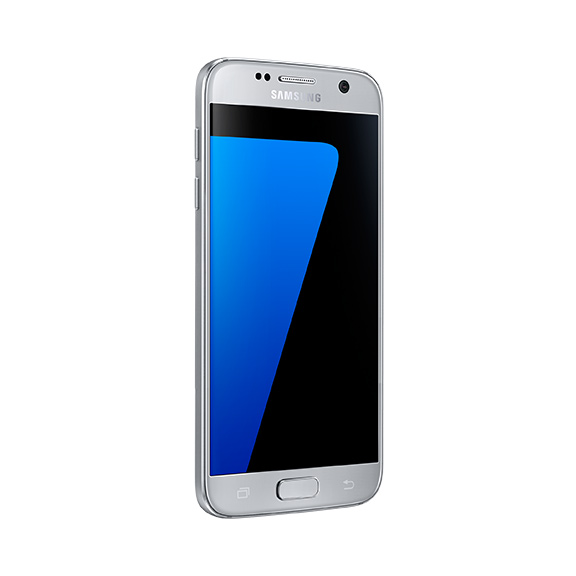
At 5.1-inches, the screen is in the Goldilocks zone.
Samsung Galaxy S7 Press 5

Another side-on snap. Note the reduced camera bump.
Samsung Galaxy S7 Press 6
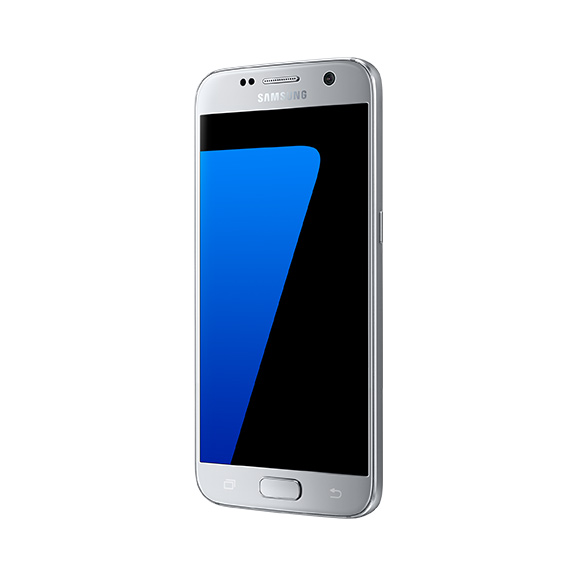
The Samsung home button is retained, but is considerably larger.
The Samsung Galaxy S7, to begin, boasts a 5.1-inch screen at 2560×1440, an all-metal body and a sleeker exterior. The rear camera bump is almost gone, while the sides of the device are tapered towards comfort rather than flair.
Aesthetically, it represents an evolution of a tried and trusted language established from the Samsung Galaxy S4 (remember it?), but with a modern touch.
But enough of the design. It’s the power that really impresses.
There’s a choice between the Qualcomm Snapdragon 820, and the in-house Exynos 8990. The latter touts Antutu scores of around 114 000, according to sources at MWC, so expect it to be brisk.
Coupled with 32GB of internal storage (64GB versions will be available in some regions) and 4GB of RAM, this should be one of the fastest phones of the year.
More interestingly though is Samsung’s big push of gaming and multimedia creation at the event. The former welcomed the announcement of Vulkan API compatibility with the S7, which means overall better hardware management when pushing the system during gaming.
Samsung also announced the Gear 360 — a golf-ball sized camera with two sensors (for an effective 13MP), and the ability to live stream panoramic videos to the S7. It’s rather brilliant.
And if you don’t have cash to buy accessories, the Samsung Galaxy S7 and S7 Edge’s cameras aren’t too shabby. At 12.1MP, the sensors are smaller but the pixels are bigger, which allows the sensor to absorb more light while snapping. This is extremely helpful in low light imaging, Samsung intones. The aperture is now also a lot larger at f/1.7, which also allows more light to enter the camera.
The Samsung Galaxy S7 Edge is now the flagship model, with a bigger screen (5.5-inches), and larger battery. That’s a wad of 3600mAh now, compared to the paltry 2600mAh in the previous phone.
Overall, both devices improve where the S6 failed, and took off from where the Samsung Galaxy S5 impressed.
Updates to follow….



